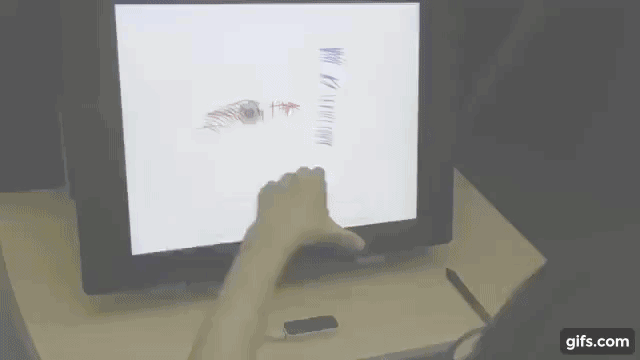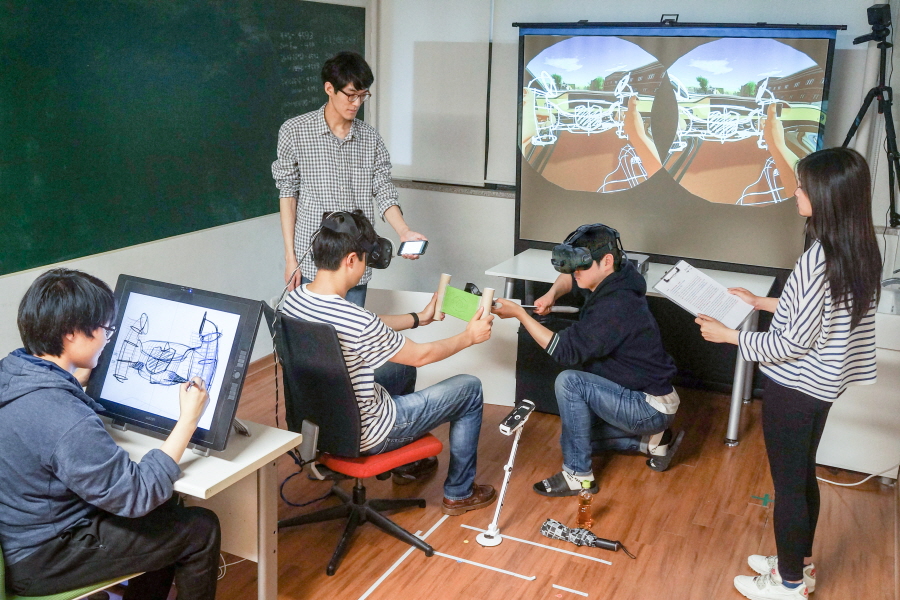3D Sketch with Air Scaffolding. This whole idea is based on a comparison between the way one describes objects. Some cultures make use of their hands when describing an object while in a more artistic perspective, other people will use pens to bring out details of the object.
Researchers from Kaist, a science and technology university, combine the strengths of each technique with 3D technology in order to get an efficient product design in terms of time and cost.
 “3D sketching” techniques
“3D sketching” techniques
3D sketching techniques aim at helping designers to bring out missing 3D shape information in a 2D drawing.
For instance, “if a designer draws two symmetric curves from a single point of view or draws the same curves from different points of view, the geometric clues that are left in this process are collected and mathematically interpreted to define the proper 3D curve. As a result, designers can use 3D sketching to directly draw a 3D shape as if using pen and paper.”
There are several 3D sketching tools. However, in this case, sketching with hand motions in VR environments was the most appropriate technique because it is easy and quick. On the other hand, the design cannot be articulated alone through rough hand motions, therefore, they are difficult to be applied to product designs. Not to mention that users would certainly be tired after raising their hands in the air during the entire drawing process.
The new technique: Agile 3D Sketching with Air Scaffolding
Following the aforementioned limitation, students integrated hand motions and pen-based sketching, allocating roles according to their strengths.
“Designers use their hand motions in the air to create rough 3D shapes which will be used as scaffolds, and then they can add details with pen-based 3D sketching on a tablet.”

Speaking about its fields of application, the team explained that this tool might be applied in the automobile industry, home appliances, animations and the movie making industry, and robotics. New production technologies such as 3D printing might also benefit from it in order to make the manufacturing process faster and flexible.
PhD candidate Yongkwan Kim, who led the research project, said, “I believe the system will enhance product quality and work efficiency because designers can express their 3D ideas quickly yet accurately without using complex 3D CAD modeling software. I will make it into a product that every designer wants to use in various fields.”
For further information about 3D Printing, follow us on our social networks and subscribe to our newsletter
Would you like to subscribe to 3D Adept Mag? Would you like to be featured in the next issue of our digital magazine? Send us an email at contact@3dadept.com
//pagead2.googlesyndication.com/pagead/js/adsbygoogle.js
(adsbygoogle = window.adsbygoogle || []).push({});






